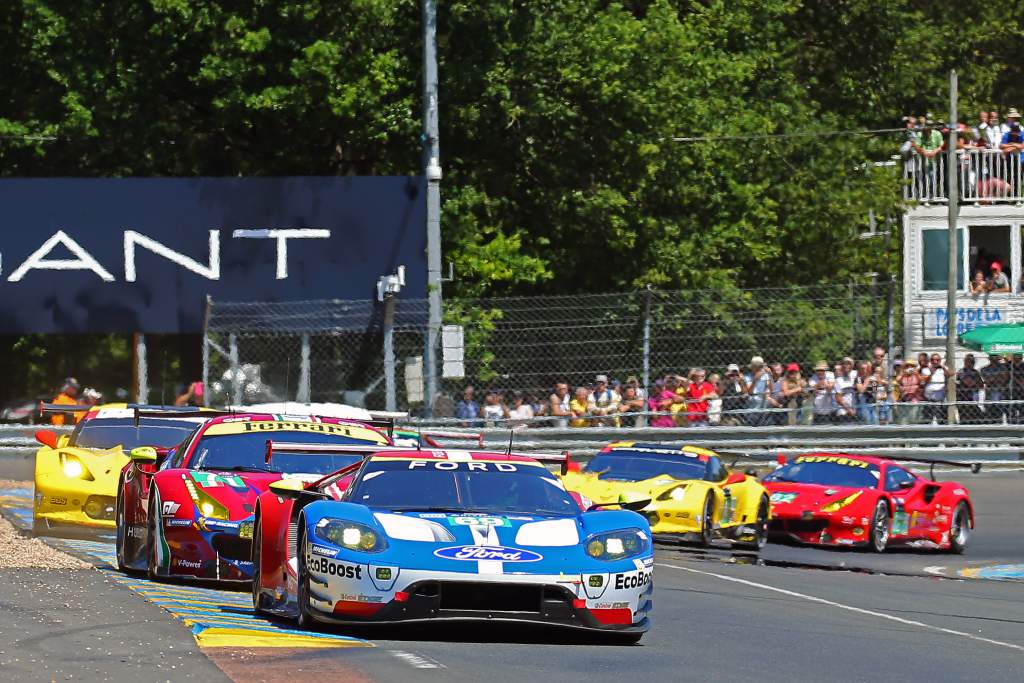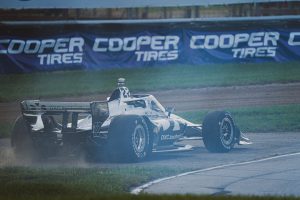An incredible GTE Pro win at Le Mans in 2016 was arguably the peak of the modern Ford GT programme in its maiden year, as the new version of the GT40 triumphed 50 years on from the original car’s success in 1966 – something revisited recently in the Ford v Ferrari (Le Mans ’66) film.
Little did we know in 2020, that car would instigate a new anniversary success even as it headed for the scrapheap.
Despite rumours of privateer programmes and reprieves, Petit Le Mans in 2019 signalled the end of the Ford-backed GT programme – which was split between Chip Ganassi Racing, Roush Yates engines, Multimatic and Ford Performance.
Around the same time plans were afoot to expand Ganassi back to three cars in IndyCar, in what is the team’s 30th anniversary year.
It was something the team was cautious about doing, cautious of biting off more than it could chew. But the end of the Ford GT project allowed Ganassi to transfer staff over to the IndyCar programme, and ex-Formula 1 driver Marcus Ericsson wasn’t someone to turn down as an addition to the team alongside Felix Rosenqvist and Scott Dixon.
Less than 12 months on, the team’s undoubted spearhead Dixon – a regular guest driver in the Ford GT programme – wrapped up the 2020 IndyCar title in a tense finale in St Petersburg, even if the results of his two team-mates don’t tell the full story of their and the overall team’s pace this year.
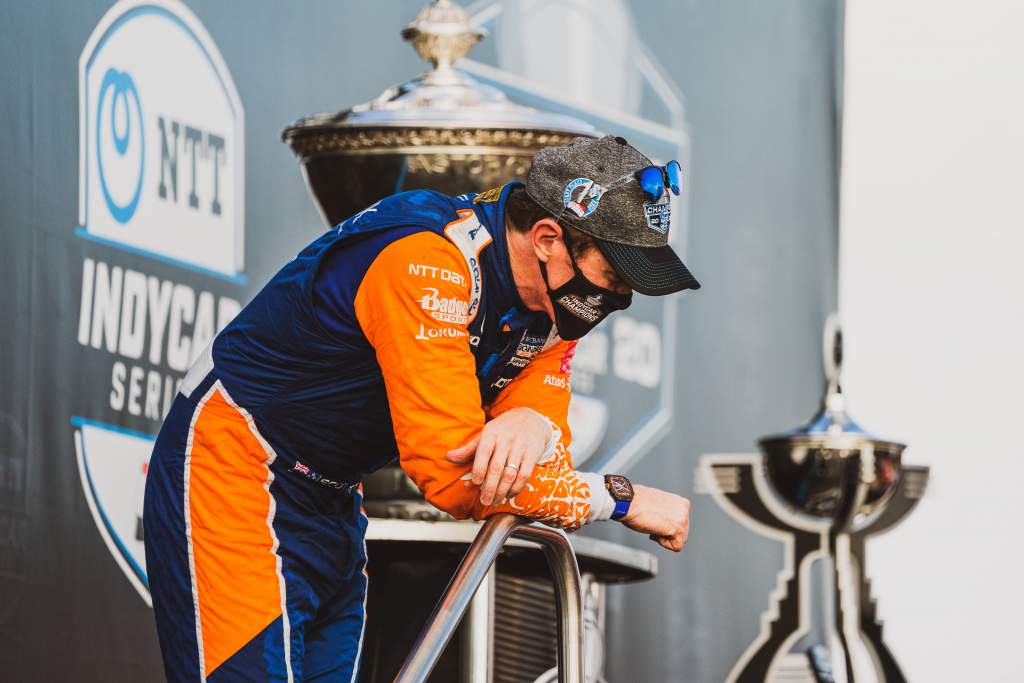
The Ganassi team members who had transitioned to GT were key when they came ‘home’ to IndyCar, and Dixon is not shy about discussing in the role they played in title number six.
“I think it was big,” he said when asked by The Race following his title win about the benefit of the extra personnel returning.
“The Ford GT situation, I wouldn’t say we lost [people], they just moved to a different programme through that four years. We went from two cars, three cars, four cars [in IndyCar]. We bounced around a little bit.
“This year was the first year in the off-season we thought we had a lot of depth.
“All these [IndyCar] teams have a lot of different programmes, whether it’s windtunnels to shaker rigs to simulation, DIL – driver in loop simulations.
“You need a lot of manpower. A lot of our engineers, race engineers were having to cover all those bases. They would leave a race, go straight to the simulator or the windtunnel. It’s very hard to juggle.
“The biggest thing is just processing the information. This year it felt really good. I felt like we analysed a lot at the start of the off-season to see where we faltered, what areas we really needed to improve on.
“Some of those we got right, some we didn’t improve on. We got to try to understand why that is.”
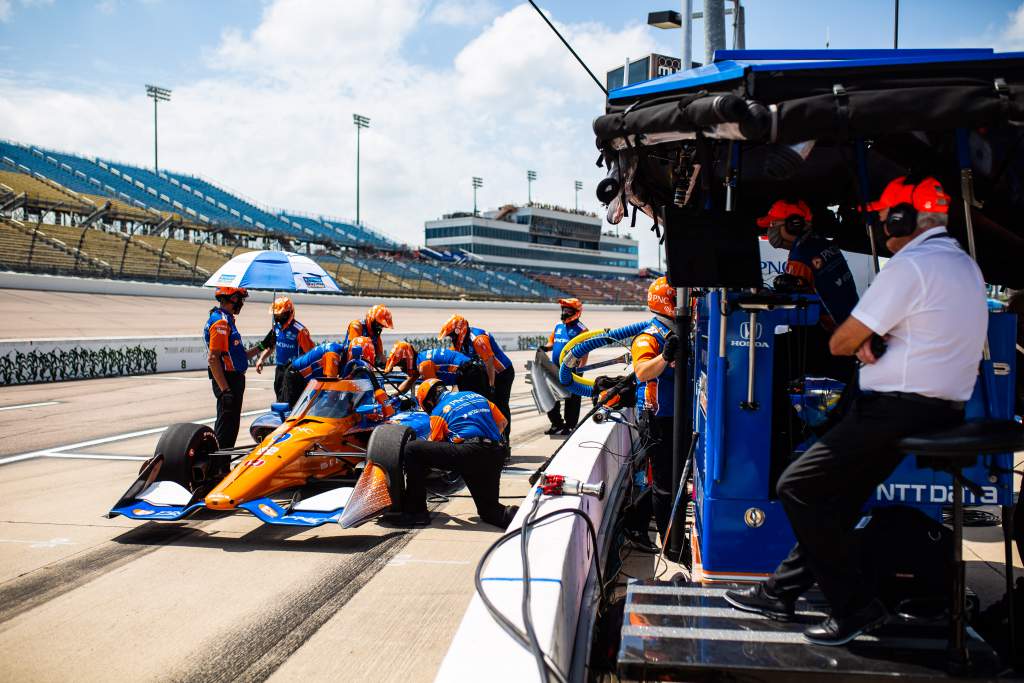
The last sentence is typical of Dixon. As his manager and ex-F1 driver Stefan Johansson told The Race earlier in the year: “Having been close to him for so long, the thing that always impresses me is that he’s got the ability to be honest with himself and recognise whatever area he still might be weak in – in comparative terms – and he just keeps working on it.
“It seems like every winter he goes and he just comes back a bit better than he was the year before you know whatever area has been working on or focusing on and the motivation is incredibly high.”
The difference perhaps in the 2019-20 off-season is that Dixon had the person-power at his disposal to match his own rigour and determination to improve.
It’s not like Ganassi doesn’t push hard in every off-season to get better, but a combination of Dixon and the extra personnel just elevated that preparation to a situation to a new level that yielded three straight wins to start the season. That opening hat-trick was something Dixon’ had never done before in his IndyCar career and was key to his 2020 title as his rival Josef Newgarden stormed the latter part of the year.
And Dixon’s right, there’s still work to do. He’s won two championships since he scored his last pole, at Indianapolis in 2017, and starting higher up will certainly be a priority in 2021.
However, we’re not done analysing 2020 yet and there’s another element to the off-season preparation that helped this year start so strong for the #9 team.
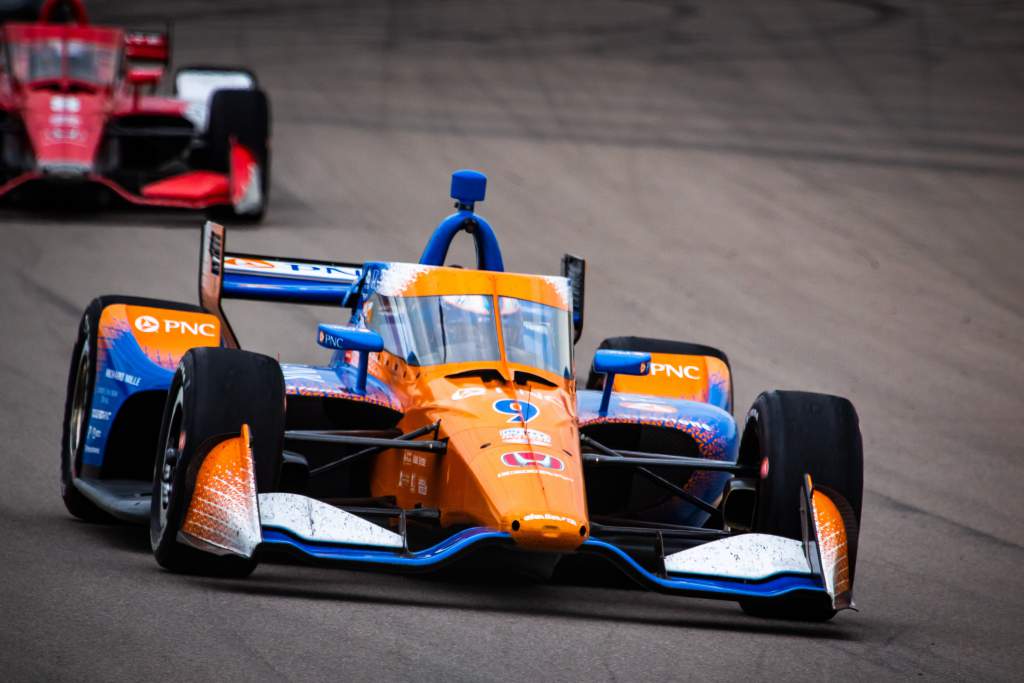
The aeroscreen – as we later found out – was a blessing and a curse. It has saved lives this year – no question about that – and has totally shown its worth.
It did, however, provide some headaches in what it did to the cars. With a lot of additional weight high-up and at the front of the car, it induced understeer and left teams scratching heads to adapt 2019 set-ups.
All that while COVID was stopping personnel from going to the factory, race weekends being more condensed and simulator time being reduced due to the pandemic. A nightmare scenario for teams not well prepared for 2020.
Ganassi’s fierce rival team Andretti Autosport or Penske’s past champion Simon Pagenaud are perhaps a perfect example of being tripped up, given the underwhelming years both parties had.
Dixon and Ganassi were well prepared. But the entirety of the credit doesn’t fall squarely at those additional staff from the GT squad or the team’s higher-ups for making that decision.
Another huge factor at play is Mike Cannon.
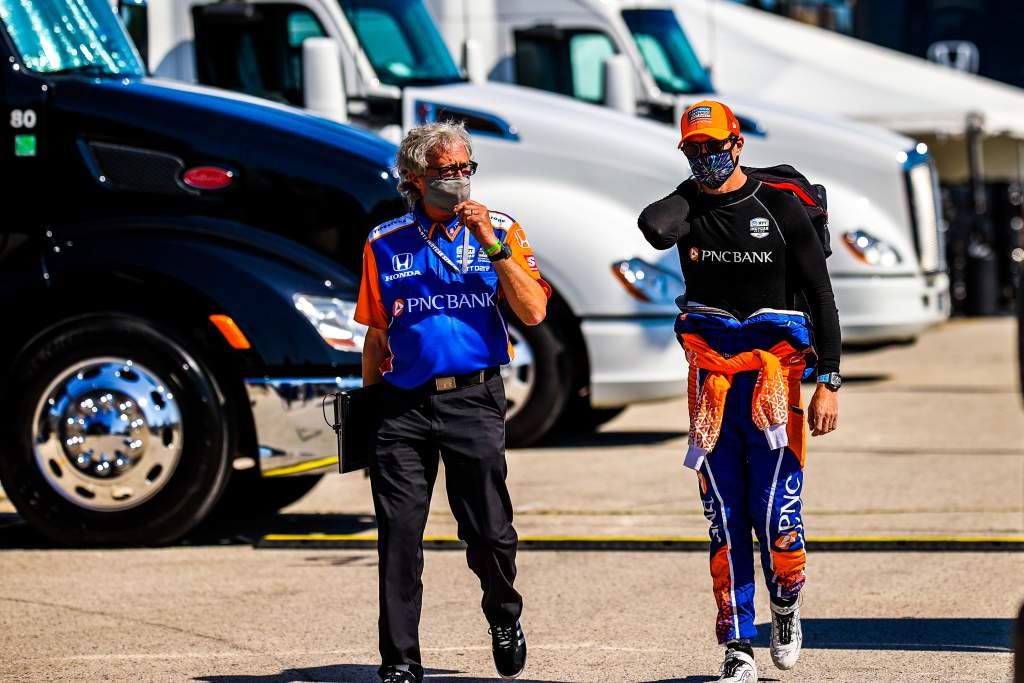
The experienced and well-regarded engineer joined Ganassi from working with Santino Ferrucci at Dale Coyne Racing, and made an instant impression on this team.
He had big shoes to fill, with Chris Simmons moving to a different role in Ganassi following the 2015 and 2018 titles with Dixon, while Simmons’ assistant Kate Gundlach moved to Arrow McLaren SP.
Cannon is certainly described as an interesting character by those who work with him, and The Race’s question to Dixon about Cannon’s impact draws out a smile that suggests the duo have built a brilliant relationship in such a short period of time.
“Cannon, I think, brought a totally different dynamic to the team,” replies Dixon, with the smile out of the way and his typical vivid insight engaged.
“Once you’re in the ecosystem, it’s like when you have an Apple phone, a Mac, you try to move off to an Android or PC, nobody can kind of work it for a while.
“I think he brought in a lot of different views of basically saying ‘why do you do this?’. A lot of questions, a lot of questioning yourself, what he had previously done for many years at different places.
“Not to say that we weren’t doing a good job, but it’s nice to have a different perspective, get asked ‘why?’ a lot of times, whereas we would just keep going down that tunnel we were in.
“Both of those [Cannon and the addition of the Ford GT staff] I think attributes to a lot of performance in different areas. But there’s still some shortcomings we need to really focus on.”
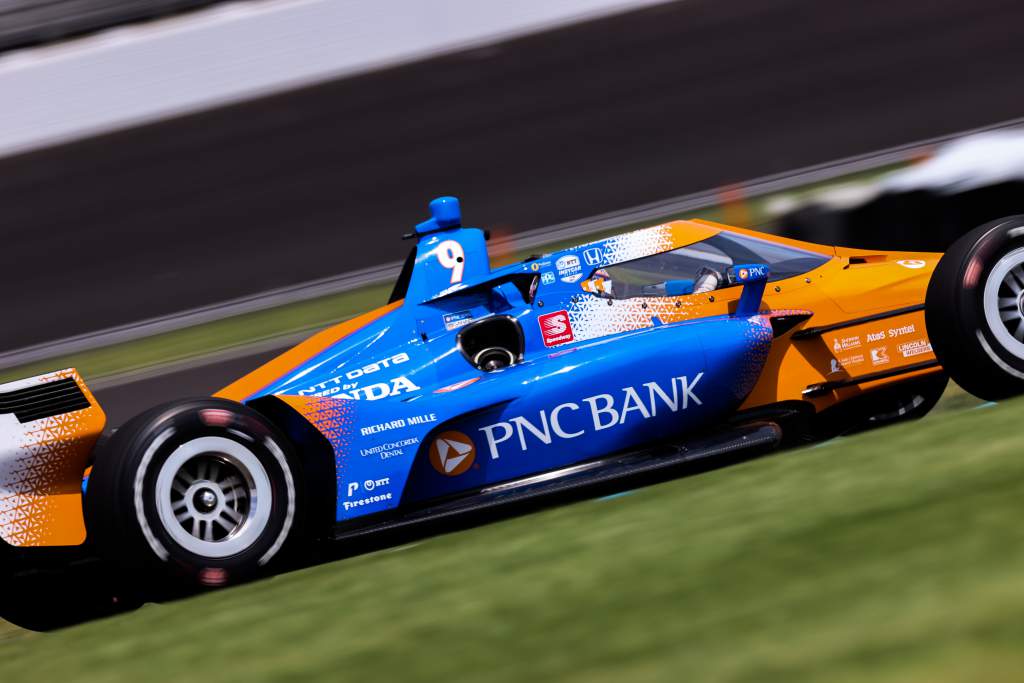
You might be starting to get an idea of Dixon’s intensity and perpetual need to improve every aspect of himself and the team he works with. There’s not really an off-season or a break in the Dixon camp and reset buttons or fresh ideas are always welcome.
One of the shortcomings targeted last winter was the Indianapolis 500, and after that attention to detail and focus, the result turned out to be an extremely important event in title fight.
The 2019 Indy 500 was a bust for Dixon and Ganassi, as the Chevrolet-powered Pagenaud and the Honda teams of Andretti and Rahal Letterman Lanigan stole a march. Dixon was 17th, and although there were myriad reasons behind it including a crash outside of his control, the team did not want that kind of result again.
Not only is a poor Indy showing painful as it’s America’s biggest race and the one teams all want to win, it also offers double points and significant qualifying points towards a championship push. It can be a momentum game changer or the nail in the coffin of a tricky campaign.
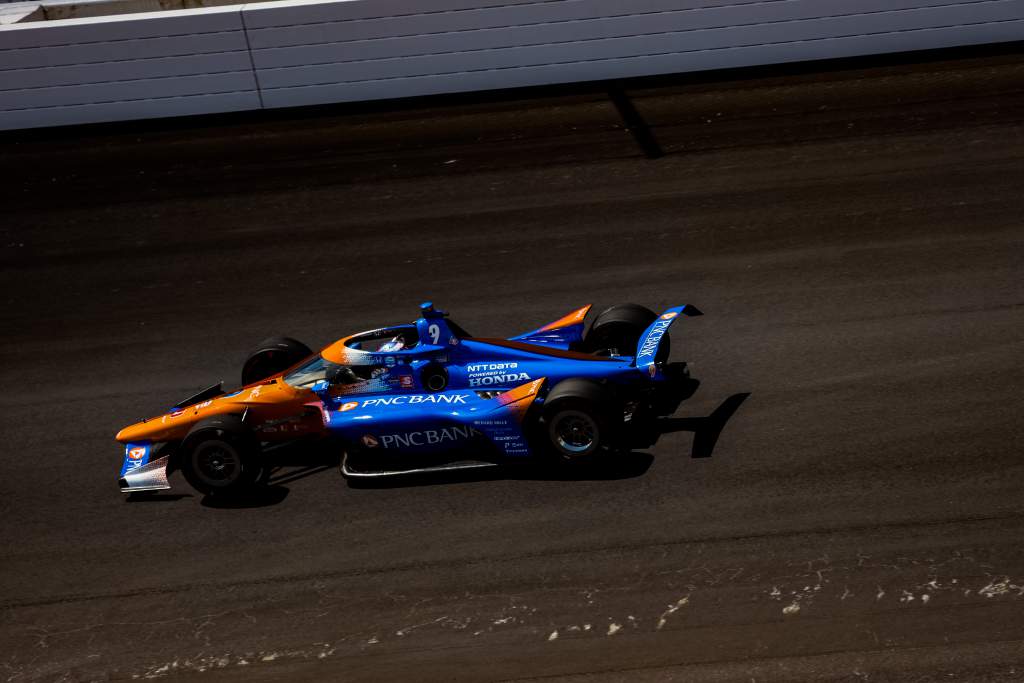
Ganassi made working on the Indy 500 a priority with the new staff at its disposal and this year Dixon qualified second and led the most laps before a late caution helped Takuma Sato to pounce.
It hurt at the time to finish second, but ultimately that strong qualifying and race result made the difference at the end of the year.
Dixon won the championship by 16 points, and earned eight points for qualifying second at Indy and another three for leading a lap and the most number of laps. That’s 11 bonus points, and leading rival Newgarden scored no bonus points at the event.
Owing to double points in the Indy 500 and the accompanying bonus points, Newgarden lost 41 points to Dixon, which would have been 13 points without the added extras applied at the Brickyard.
Dixon deserves just as much credit as Ganassi’s personnel moves for how he builds and moulds the team around him, but he also leads by example in looking inward to analyse his own errors and shortcomings.
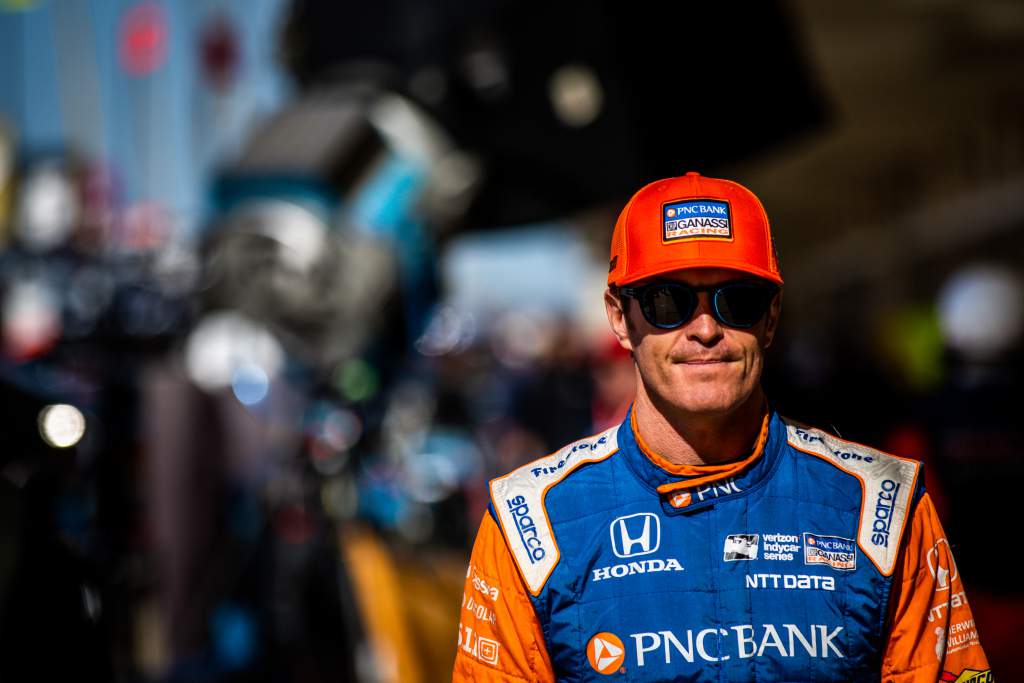
It’s the kind of gargantuan effort needed to overcome the opposition in one of elite motorsport’s most competitive series, and to constantly ensure your position in the top five.
He may be 40 years old, but his drive knows no bounds.
He’ll need that energy if he’s to emerge victorious again in 2021.
But there’s no doubt the added help of the mothballed Ford GT programme played a huge role in giving Ganassi and Dixon the tools it needed to win the IndyCar title in 2020.


